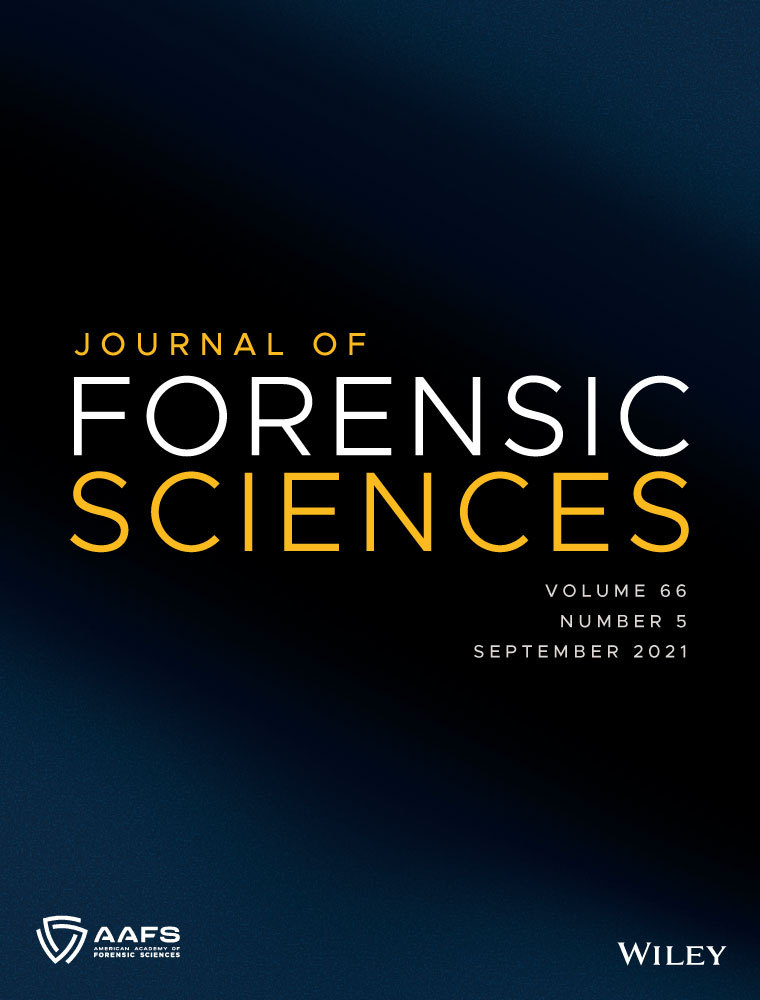Macroscopic identification of visceral titanium pigment in an intravenous drug user
Abstract
Autopsy findings in intravenous drug addicts are quite variable and may involve a number of organ systems. Reports of the macroscopic identification at autopsy of components of tablets that have been crushed and injected are, however, exceedingly rare. The case of 34-year-old man who died of zolpidem toxicity on a background of pulmonary hypertension attributed to intravenous injections of crushed tablets is described. A very unusual finding was very fine white stippling on the cut surfaces of both the liver and spleen which was shown on energy-dispersive x-ray spectroscopy (EDS) to be titanium dioxide most likely from the coating of the zolpidem tablets. This case is significant in demonstrating titanium dioxide accumulation within organs at both macroscopic and microscopic levels, with confirmation of exposure by EDS analysis. The clinical significance of exposure to such high levels of titanium dioxide is unclear.




